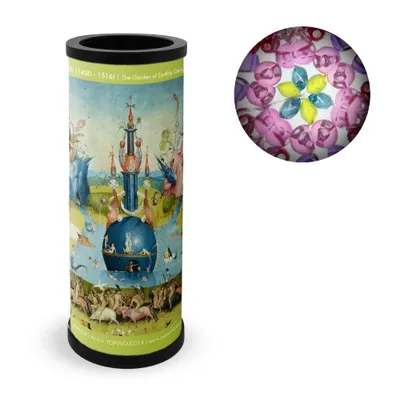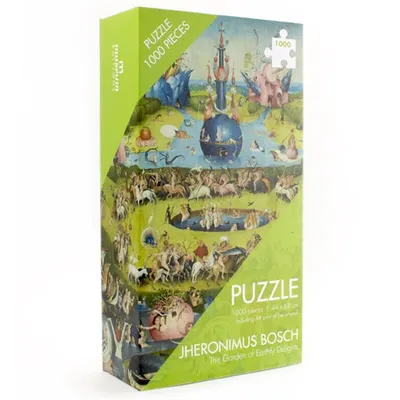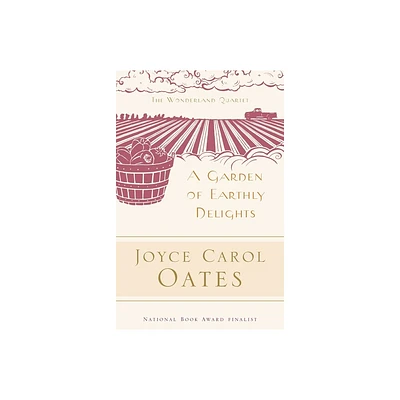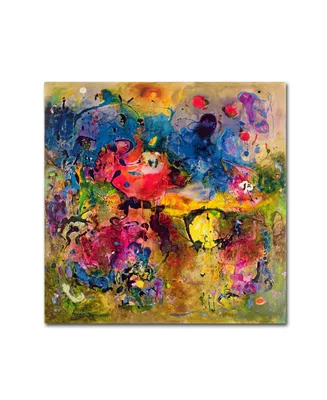Home
Utopia's Doom: The 'Graal' as Paradise of Lust, the Sect of the Free Spirit and Jheronimus Bosch's so-called 'Garden of Earthly Delights'
Loading Inventory...
Barnes and Noble
Utopia's Doom: The 'Graal' as Paradise of Lust, the Sect of the Free Spirit and Jheronimus Bosch's so-called 'Garden of Earthly Delights'
Current price: $108.00


Barnes and Noble
Utopia's Doom: The 'Graal' as Paradise of Lust, the Sect of the Free Spirit and Jheronimus Bosch's so-called 'Garden of Earthly Delights'
Current price: $108.00
Loading Inventory...
Size: OS
*Product Information may vary - to confirm product availability, pricing, and additional information please contact Barnes and Noble
The so-called Garden of Delights by Jheronimus Bosch (c. 1450-1516), now located in the Museo del Prado in Madrid, was painted over half a millennium ago yet remains an absolutely iconic work in European art history. The highly complex and enigmatic image has frequently been interpreted as a paradisaical utopia, in which people indulge playfully in erotic pleasure in harmony with nature. It is a visual utopia framed before Thomas More had actually coined the word in a book whose entirely unfrivolous blueprint for society could hardly differ more from Bosch's phantasm. More traditional art historians have identified Bosch's masterpiece as a painted warning against the sins of the body, more specifically that of 'lust', citing the image of Hell in the right wing in support. Paul Vandenbroeck argues that these two interpretations need not preclude one another: Bosch painted a phantasmagorical false paradise that leads inexorably to ruin. He drew his inspiration from folk ideas about a semi-earthly, semi-supernatural erotic paradise or Grail, in which those who entered could live in a dream-world of unbridled pleasure. But only until Judgement Day, upon which they would all wind up in Hell. As far as 'right-thinking' town-dwellers were concerned from their vantage point within a 'bourgeois civilizing offensive', belief in such an existence was dangerous, if not diabolical nonsense - tantamount to the 'Cult of Adam' and the indiscriminate sexual promiscuity of the late-medieval Sect of the Free Spirit. In large swathes of countryside throughout Europe, however, people were familiar with 'ecstatics', those 'born with the caul', who were able to access this other world. Bosch's magisterial work is simultaneously a reflection on the first and last times, on passions and moral norms, human beings and Nature. A Nature which, although also part of God's creation, was permeated with malevolent and highly dangerous sexual urges, which human beings were required to keep in check. For whom did Bosch paint this enormous triptych? Since the discoveries of Prof. J.K. Steppe of Leuven University, art historians have tended to identify the patron as Henry III of Nassau or, more recently, his uncle, Engelbert II. This book presents an unexpected alternative hypothesis.













